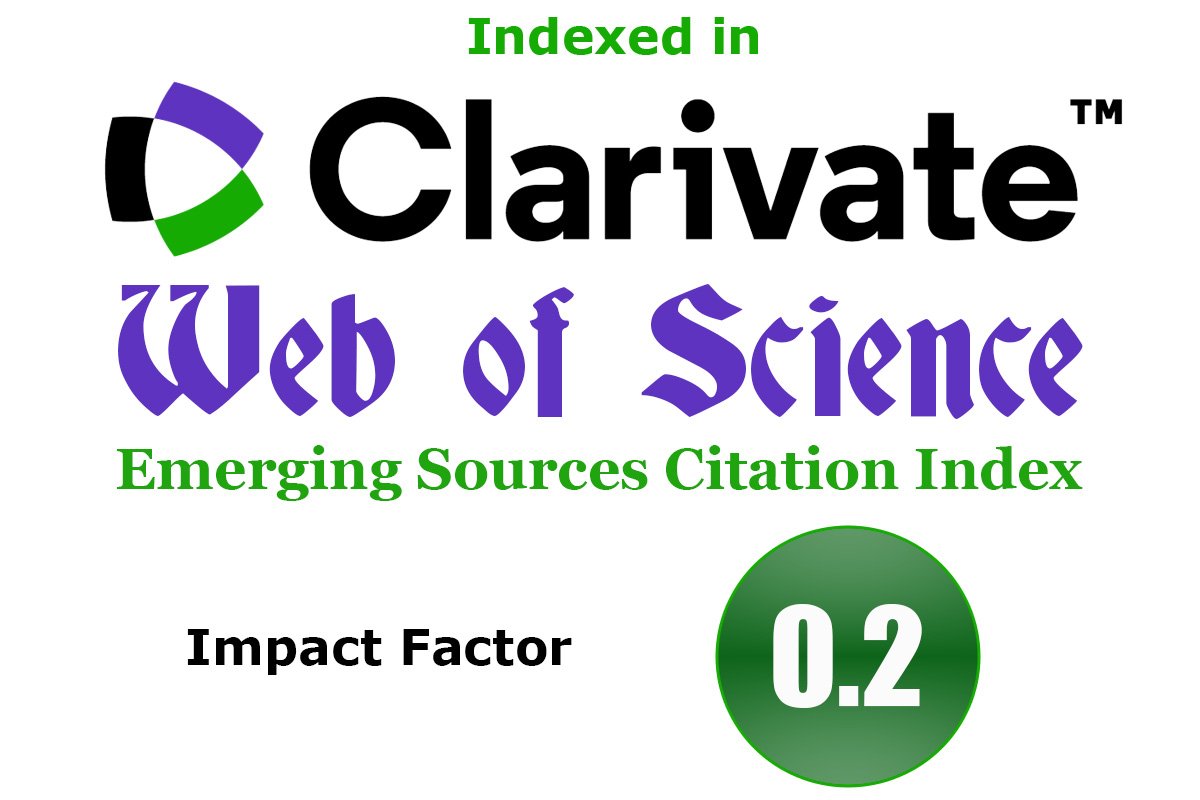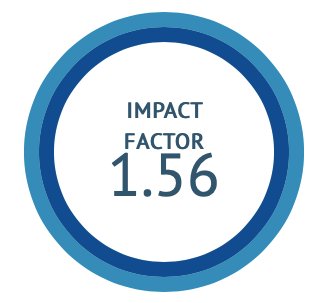Effective Management of Non-alcoholic Fatty liver disease with Siravedha - A Case Report
DOI:
https://doi.org/10.47552/ijam.v13i1.2431Keywords:
Non-Alcoholic Fatty Liver Disease, NAFLD, Sira Vedha, USGAbstract
Background: Nonalcoholic Fatty liver disease (NAFLD) is a form of Simple fatty liver whose progression leads to adverse circumstances, e.g., metabolic dysfunction. Sushruta said that the Sira Vedha at Dakshin Kurpara Sandhi as a therapy for Yakrit Vikara Modern science also supports on the same page that phlebotomy treatment for some liver diseases. Aim & Objectives: To study the efficacy of Siravedha in the management of Nonalcoholic Fatty liver disease. Material & Methods: Single case study of 44 years old female patient suffering from complaints such as nausea, loss of appetite, distended abdomen, weight gain, constipation for 10 Months. Diagnosed NAFLD patient by USG had severe insensitivity towards allopathic medicines. After a thorough examination of the patient based on Ayurvedic fundamentals, three sittings of Siravedha (65 ml Bloodletting) from the Dakshin Kurpar Sandhi (Rt.Cubital fossa) were done at the interval of 15 days and followed was taken after one month. Result & Observations: U.S.G. Abdomen done after one month showed encouraging results and improvement in the liver grade. The liver showed normal shape and Echotexture. Moreover, clinical features, also resolved completely. Discussion: Siravedha may decrease liver enzymes, oxidative stress, and necrosis, reducing apoptosis and improving liver cells' health. Conclusion: This case report is helpful to plan further clinical studies in a large sample size by showing the efficacy of Siravedha in the management of Nonalcoholic Fatty liver disease without causing any undue event. This case study also reaffirms the classical reference of the specific site of Raktamokshana in a specific clinical condition.
Downloads
Published
How to Cite
Issue
Section
License
Copyright (c) 2022 International Journal of Ayurvedic Medicine

This work is licensed under a Creative Commons Attribution 4.0 International License.
The author hereby transfers, assigns, or conveys all copyright ownership to the International Journal of Ayurvedic Medicine (IJAM). By this transfer, the article becomes the property of the IJAM and may not be published elsewhere without written permission from the IJAM.
This transfer of copyright also implies transfer of rights for printed, electronic, microfilm, and facsimile publication. No royalty or other monetary compensation will be received for transferring the copyright of the article to the IJAM.
The IJAM, in turn, grants each author the right to republish the article in any book for which he or she is the author or editor, without paying royalties to the IJAM, subject to the express conditions that (a) the author notify IJAM in advance in writing of this republication and (b) a credit line attributes the original publication to IJAM.




